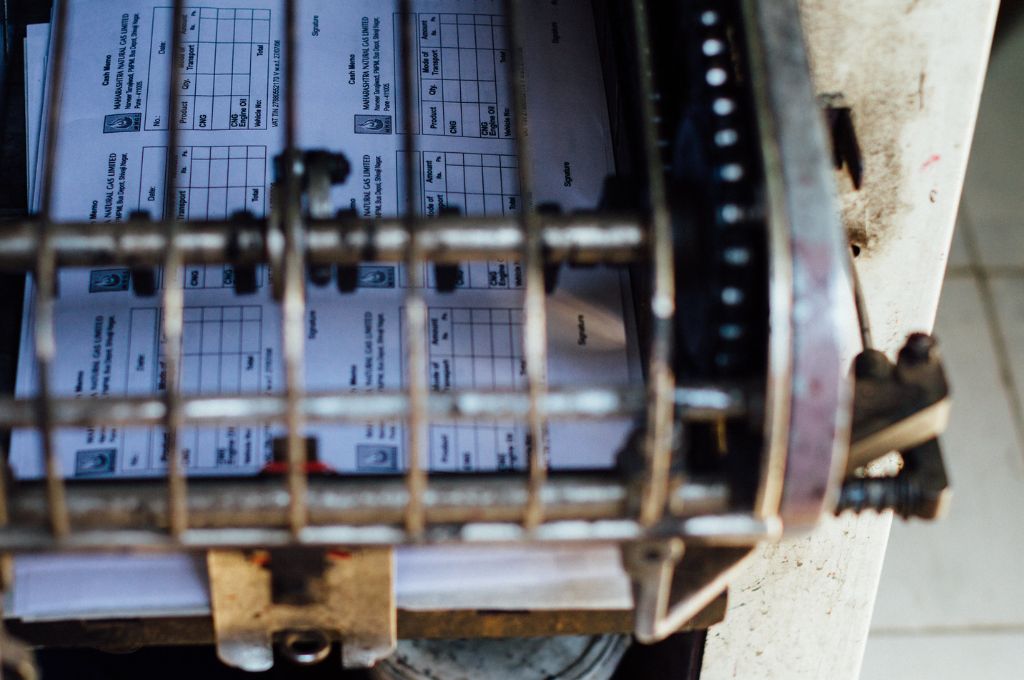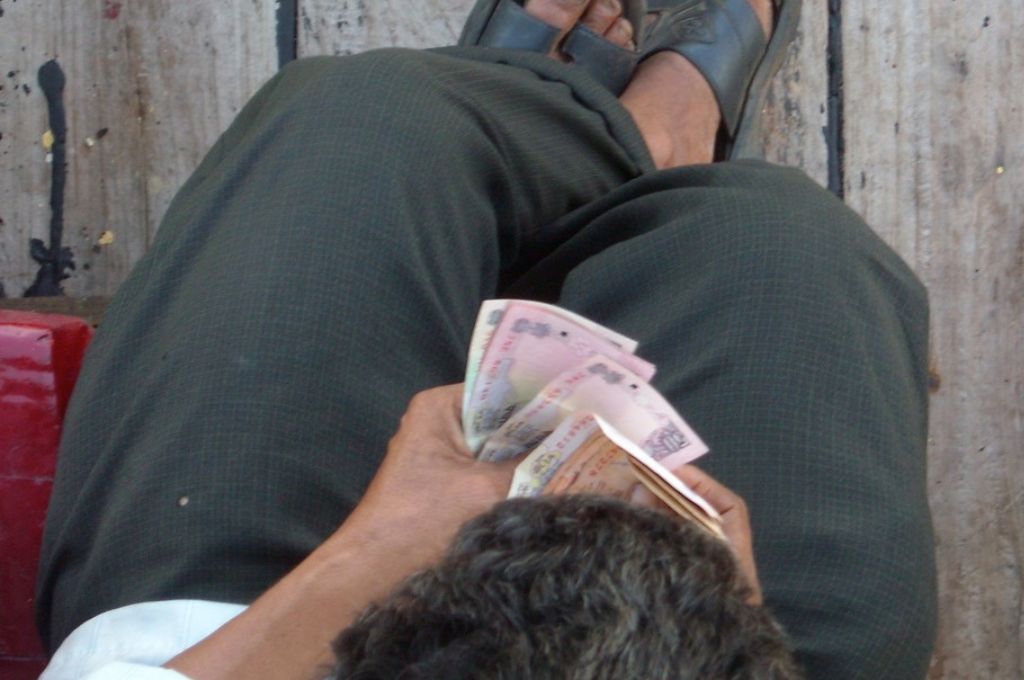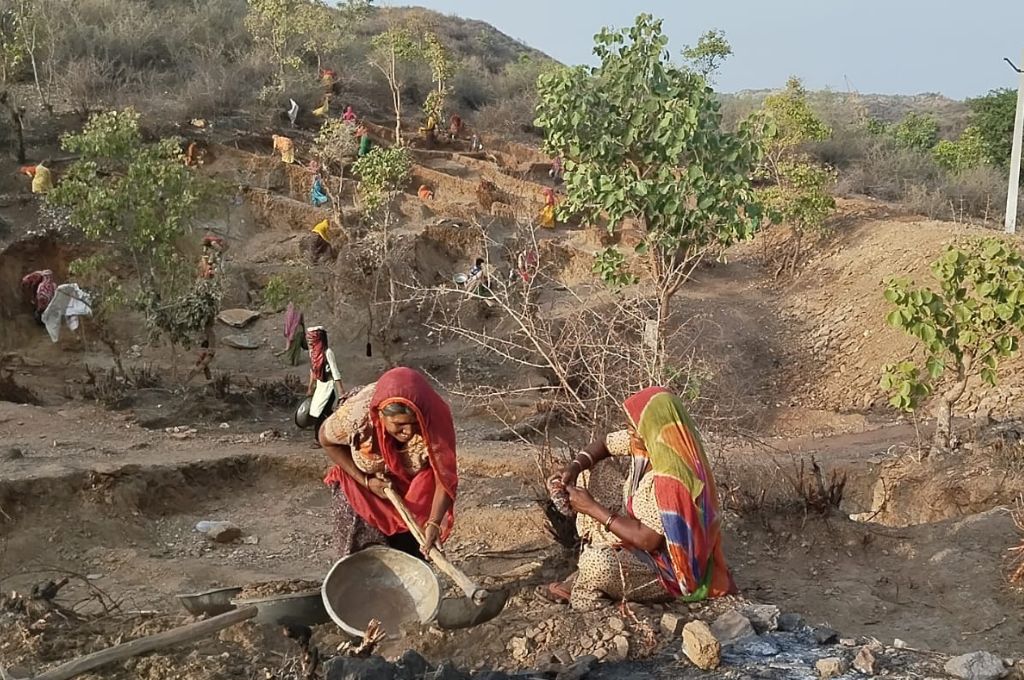The Union Budget 2023–24 was presented recently. While new announcements and the magnitude of budget outlays for different sectors dominate the public discourse, the issue of underutilisation of budget-allocated funds goes unexamined. The Union Government transfers a large quantum of funds to the states and union territories (UTs) every year through centrally sponsored schemes (CSS), such as National Health Mission (NHM), Samagra Shiksha Abhiyan, and MGNREGS. The gross transfer of resources from the Union Budget to the states and the UTs amounts to1 an annual average of INR 6.87 lakh crore (FYs 2016–17 to 2023–24), which is close to 21 percent of the total Union Budget. Within this, the average annual share of CSS (during the same period) is approximately 54 percent (or 11 percent of the Union Budget). In this context, two important questions ought to be raised. First, do the union ministries know how much of these CSS funds is actually being spent by the states or, in other words, how much visibility do the union ministries have? Second, how can the visibility of funds available and the pace of fund utilisation in such schemes be improved.
Why is there a need for greater ‘visibility’ of actual utilisation of funds in the CSS?
The conventional accounting practice of the union ministries has been to record all fund advances to the states as ‘expenditure’, regardless of the proportion of those advances lying unutilised at the state, district, and sub-district levels. This hinders clear visibility of funds provided to the states and UTs. The accounting practices of the state governments have a similar limitation as the funds transferred to the implementing agencies, such as state education societies or district health societies, are recorded as expenditure. In such a scenario, the government system as a whole is unable to gauge the extent of actual utilisation of the funds released and the proportion lying unspent. This challenge of limited knowledge of how funds are spent, or limited ‘visibility’ of funds, has emerged mainly due to fragmented and incomplete expenditure information at various levels of implementation.
Further, the process of fund advances to the lower units of implementation getting reconciled with statements of expenditure (that is, expenditure records) is very slow in several sectors. For instance, when a district health society releases funds to community health centres, primary health centres, and other health sub-centres (which deliver services under the aegis of NHM), these service delivery institutions provide a statement of expenditure or utilisation certificates of the advances made by the district health society. The reconciliation process of the expenditure records with that of allocation made as advances is slow, and sometimes it takes months to verify these records.
This leads to the problem of ‘float’ in the system, that is, the existence of unspent balances at various levels of scheme implementation. It has been estimated that the interest cost of the Union Government can be reduced by at least INR 10,000 crore if the union ministries get complete visibility on the funds lying unspent at different levels in their schemes. This is because complete visibility will lead to a significant reduction in the amount of money that the Union Government has to borrow every year.

A case in point is of fund disbursal under NHM. The 14th Common Review Mission Report of NHM was published in 2021 and flagged issues of delay in fund disbursal and low levels of fund utilisation across states. Delays in releasing NHM funds from the state treasuries to the state health societies ranged from 60 days in Bihar, Odisha, Rajasthan, Uttar Pradesh, and West Bengal to 150 days in Mizoram and Puducherry. Similar instances of delay were observed in fund disbursals from the state health societies to the district health societies in these states. This resulted in delays in disbursals to the implementing agencies and vendors, who provide drugs and other essentials under NHM. It also impacted payment of incentives to ASHA workers, all in all hampering the timely, effective, and quality delivery of health services. Ultimately, the entire budgeted amount could not be spent, leaving unspent balances or ‘float’ in the system.
Given this, the Union Government introduced the mechanism of single nodal agency/single nodal account (SNA) for the CSS in July 2021. It requires every state and UT to create and maintain only one nodal bank account for every CSS in the state, leading to much greater visibility on the flow and utilisation of central shares of funds, matching contributions by states, and unspent funds in the system. The union ministries are expecting a lot more visibility in terms of funds available with the states (that is, the extent of utilisation of the funds allocated to them) and the status of matching grants contributed by the states for CSS. This will potentially help in shifting towards ‘just-in-time’ release of funds by the union ministries and improve the allocative efficiency of budgetary resources for various CSS.
The way forward
The problem of float in the fiscal governance system has given rise to a range of issues such as higher interest burden of the Union Government that is partly avoidable, delayed flow and utilisation of funds approved, poor enforcement of accountability, and suboptimal results from public expenditure in important development sectors. Obviously, addressing these issues requires coordinated efforts across all three tiers of governance. The ongoing public financial management reforms such as the introduction of the SNA model and the expenditure control measures introduced by the Union Government have the potential to address this problem to a reasonable extent. However, these might not suffice unless the state governments make significant improvements in concurrent expenditure tracking, digitisation of expenditure records, and timely release of matching grants for CSS. Such measures can eventually pave the way for optimal utilisation of available funds and further greater transparency and efficiency in management of scarce public financial resources.
—
Footnotes
- Refer to Expenditure Profile, Government of India (various years).
—






